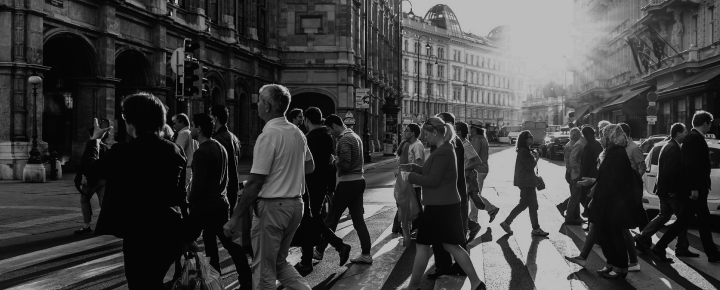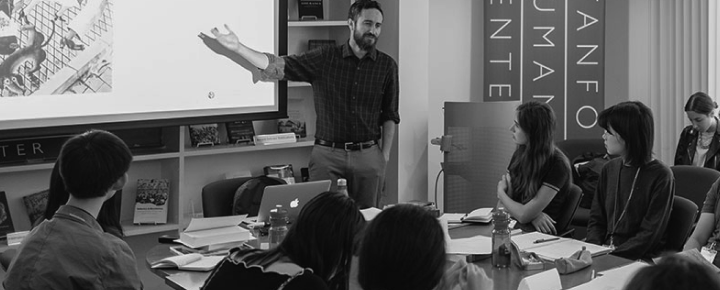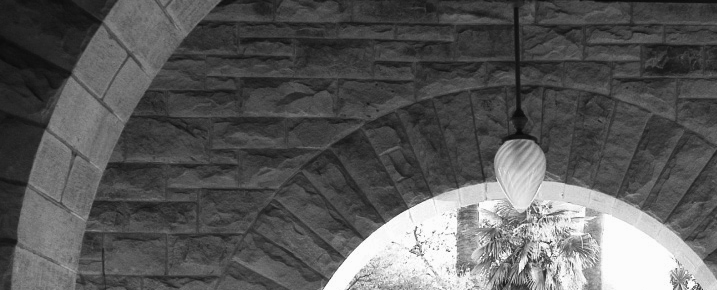
One of the main challenges of understanding medieval literature is that it is not "literature" in the modern sense: in fact the challenge is precisely to get to its existence or actuality. Medieval "literature" is strange and distant in terms of its forms and transmission. Hans Ulrich Gumbrecht's work on medieval literature serves as a model of what he would call "riskful thinking."





